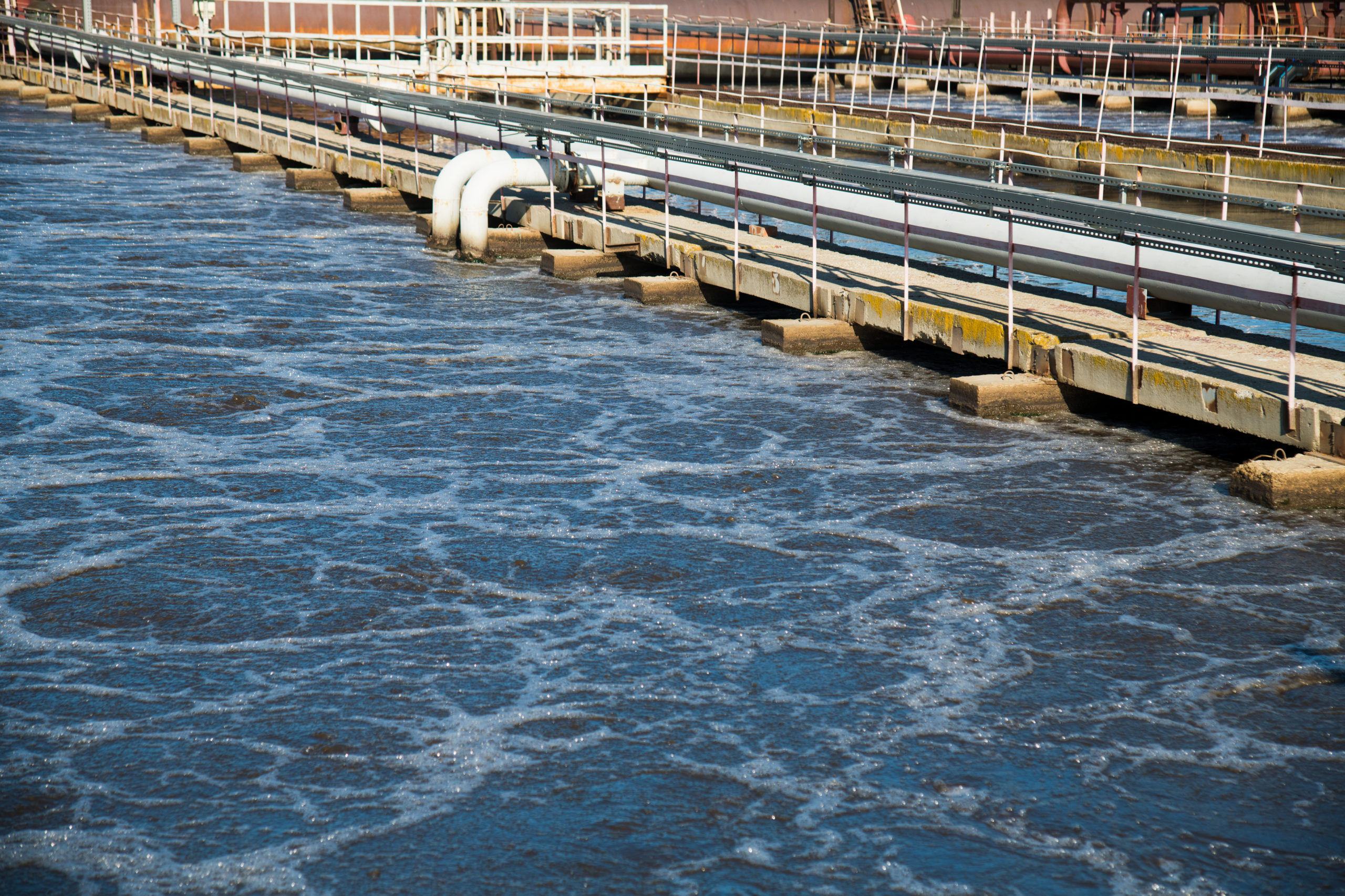
Why is Everyone Talking about PFAS?
In recent months, major regulatory agencies including the U.S. Environmental Protection Agency (EPA) and the Texas Commission on Environmental Quality (TCEQ) have proposed or promoted new rules to address a common class of chemicals known as PFAS.
What are PFAS?
PFAS is the abbreviation for polyfluoroalkyl substances, a large class of manufactured chemicals used in a wide variety of consumer, commercial, and industrial products. Chemically, they feature a chain of linked carbon and fluorine atoms. Because the carbon-fluorine bond is one of the strongest atomic bonds in nature, these chemicals are extremely hard to break down and last for a very long time in the environment. They are sometimes referred to as “forever chemicals.”
The durability of PFAS is the key to their popularity. They are often used to make water- or stain-resistant coatings on products as varied as fast-food wrappers, carpets, clothing, and cookware. They make paints and nail polish harder to chip and make firefighting foam more effective in the presence of extreme heat. Their versatility is truly remarkable, and there are literally thousands of different types of PFAS.
Why do PFAS need to be regulated?
Because their use is so wide-ranging and widespread, PFAS have been found in air, water, and soil across the globe. They have been found in the blood of humans, animals, and aquatic life around the world as well. They can be in clothing and carpet fibers we inhale, rub off the packaging onto the food we eat, and leach into the environment from trash we throw away and all manner of industrial use. One report from the Centers for Disease Control (CDC) and Prevention’s National Health and Nutrition Examination Survey (NHANES) found evidence of PFAS in the blood of 97% of Americans.
The sheer volume of exposure to these chemicals in our daily lives, combined with their durability, means that we likely take in more of them than we excrete, a process known as bioaccumulation. Scientific studies have linked exposure to some PFAS to harmful health effects in humans and animals, but the enormous variety of PFAS we can be exposed to presents a profound challenge to assessing potential health and environmental risks.
What are the most common sources of PFAS contamination?
While PFAS have many paths into the environment, some are more prominent than others in terms of volume. The biggest sources of contamination in drinking water, groundwater, soils, and air include:
- Industrial Sites – Chemical factories where PFAS are made are an obvious culprit, but PFAS can also be used as feedstocks for other chemical processes or as processing aids in fluoropolymer production. Secondary manufacturers that then use those products can include textile and leather processors, paper mills, metal finishers, wire manufacturers, plating facilities, and aviation manufacturers, as well as businesses using surfactants, resins, molds, plastics, and semiconductors. PFAS can be discharged through wastewater discharges, solid waste disposal, accidental releases such as leaks and spills, and stack emissions.
- Wastewater Treatment Plants (WWTP) – Nearly all wastewater received by municipal WWTPs is contaminated by PFAS from both consumer products and industrial sources. Conventional water treatment processes are not effective at removing PFAS, leaving treated water to continue contaminating down the line. Sewage sludge and treatment byproducts to be disposed of are usually contain PFAS as well. Biosolids used as fertilizer can affect crops, livestock, surface water runoff, and groundwater.
- Landfills – Landfills not only accumulate large amounts of PFAS-bearing consumer goods but are also used for industrial waste and contaminated waste from environmental site mitigation. Many landfills also accept sewage sludge from WWTPs.
- Fire Training/Response Sites – Flammable liquid fires, such as those caused by gasoline or jet fuel, must be extinguished using special aqueous film-forming foam (AFFF) that utilizes PFAS. Firefighter training facilities, military bases, civilian airports, and hazardous chemical facilities are the most frequent users of AFFF. It is also often released at emergency response sites including transportation (train car, tanker truck, etc.) and pipeline accidents.
Regulatory Updates
On August 26, 2022, the EPA proposed that two PFAS—perfluorooctanoic acid (PFOA) and perfluorooctanesulfonic acid (PFOS)—be designated as hazardous substances under CERCLA/Superfund. This rule would require that releases of PFOA and PFOS at or above a reportable quantity must be reported to the National Response Center and other agencies.
TCEQ has also added 16 PFAS compounds to their Protective Concentration Levels (PCLs) as default cleanup standards in the Texas Risk Reduction Program. Many other states have implemented comparable standards.
PFAS are also addressed in the new ASTM E1527-21 Standard for Phase I Environmental Site Assessments. The new standard treats PFAS as a non-scope consideration—though beyond the scope of the standard assessment, it may warrant attention on a case-by-case basis depending on local conditions, similar to asbestos-containing materials and lead-based paint considerations.
Public awareness of PFAS is steadily increasing, and it is not unlikely that further regulation could be coming in the future as scientists learn more about their potential hazards. Their ubiquity makes some level of exposure almost a given at any site in a developed area. Understanding and assessing the liabilities potentially associated with PFAS should be a priority for acquisitions and divestitures alike.
If you are concerned about a property with a higher risk of PFAS concentrations, contact EDGE’s assessment team to learn more on how to quantify, report, and mitigate these “forever chemicals.”
